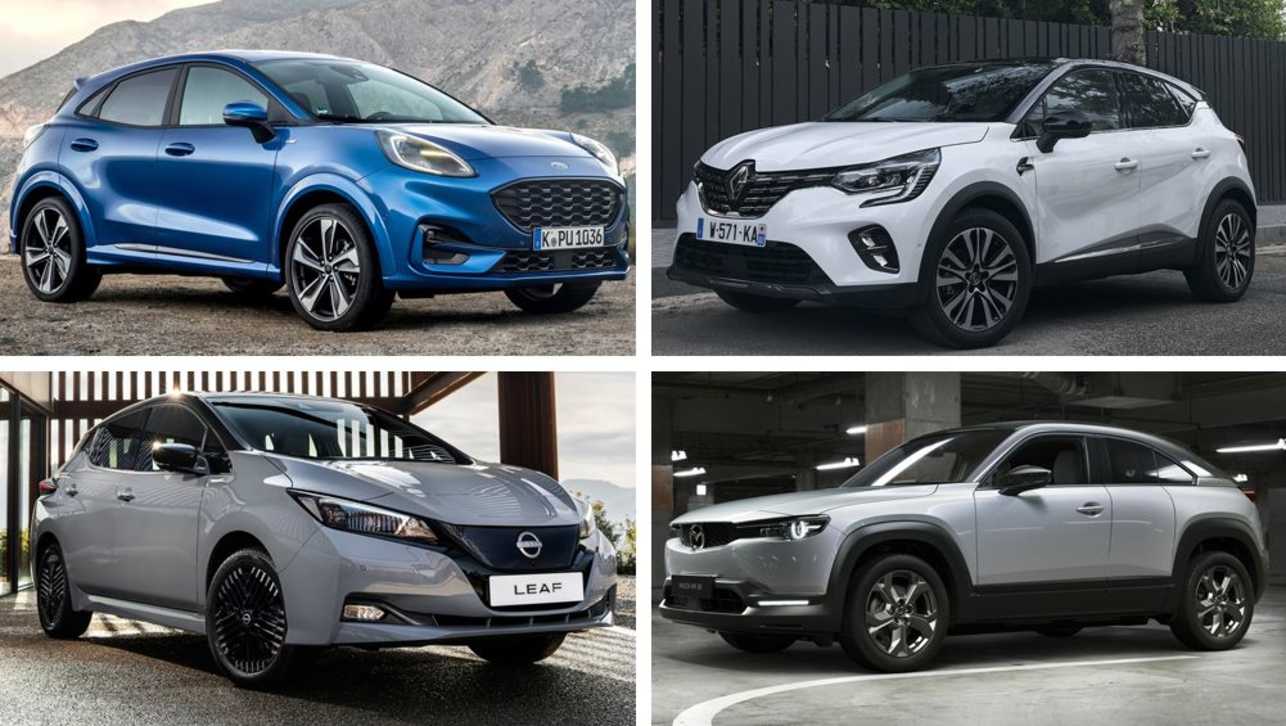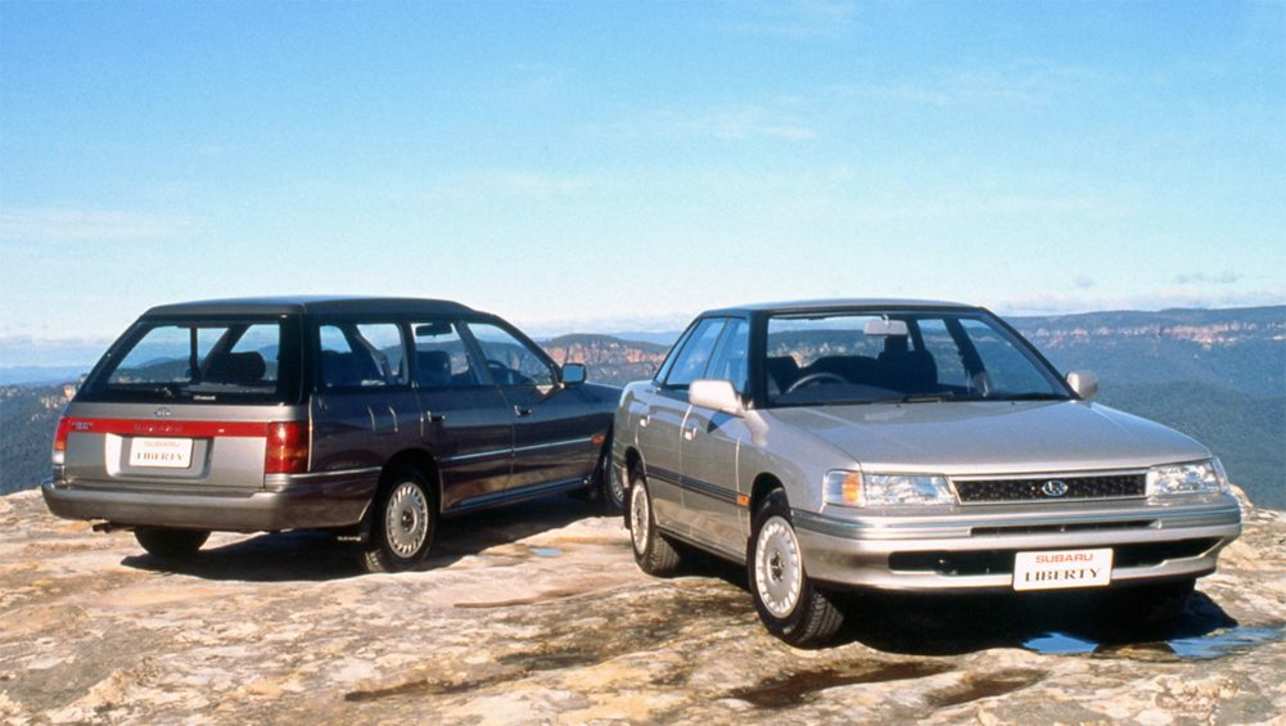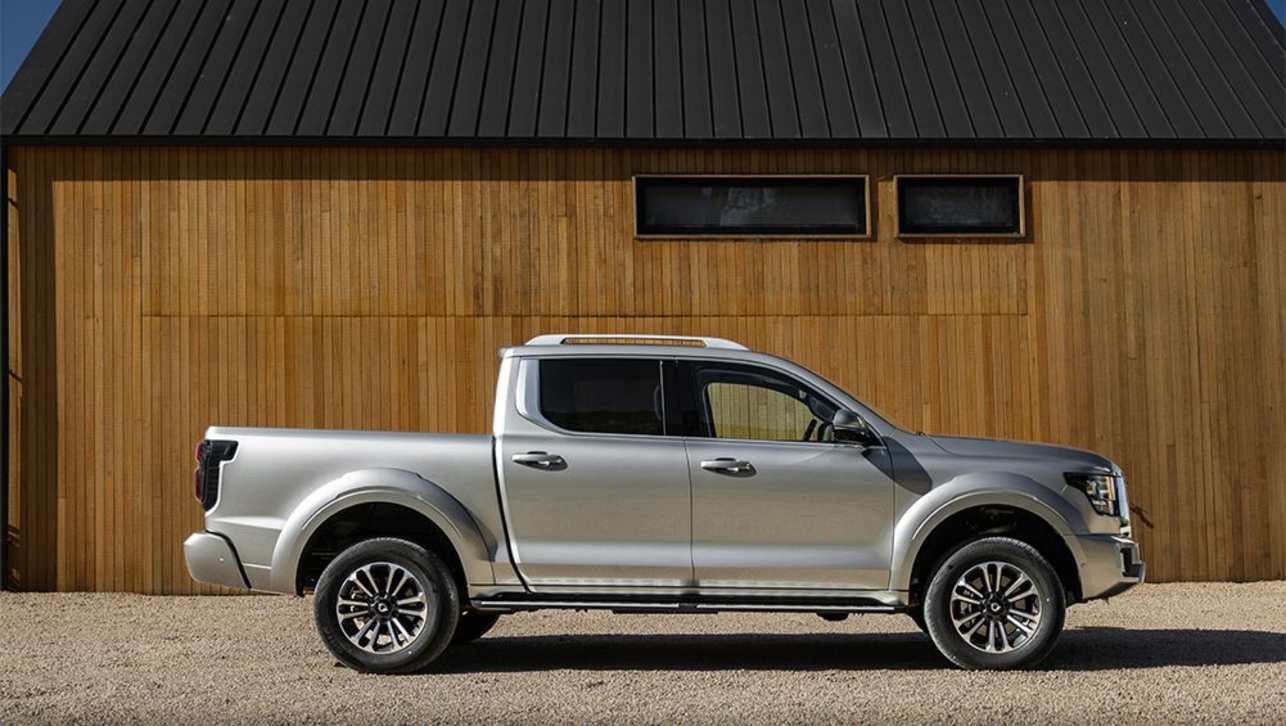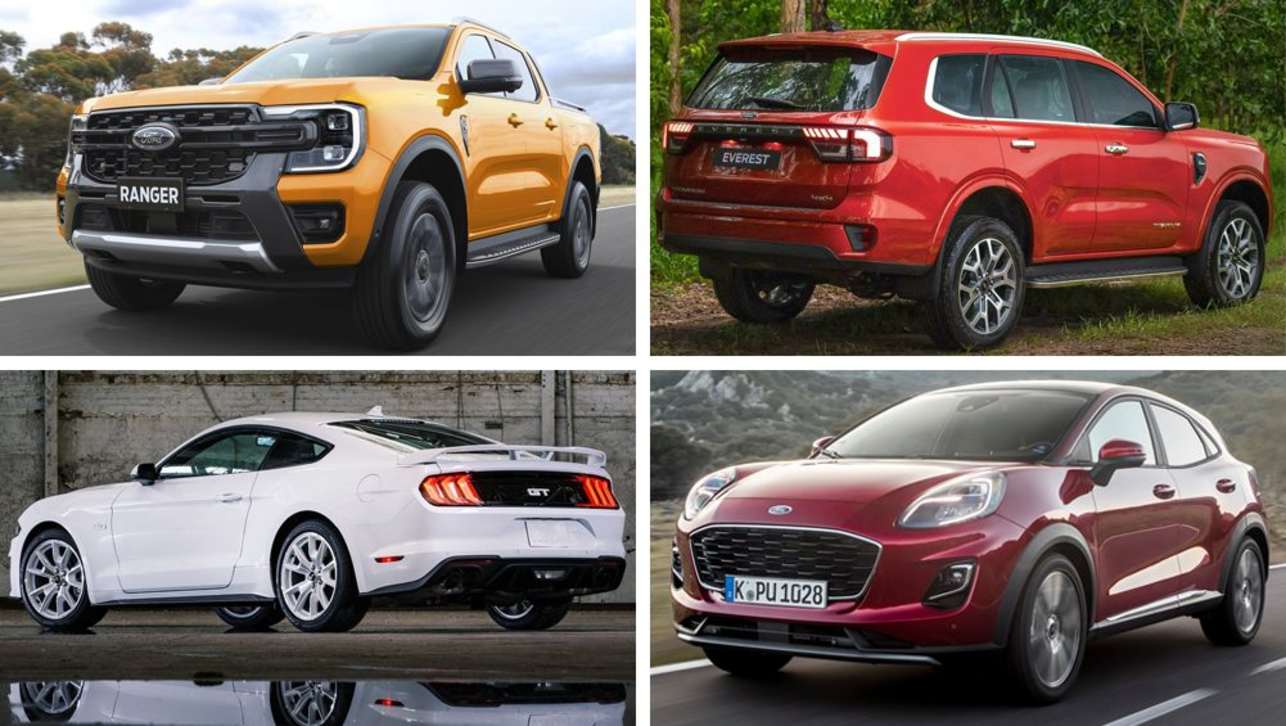Sometimes, things just don't work out as you expect, and that's true whether you're a struggling store clerk, undiscovered pop star or a slow-selling car.
The latter is what we're interested in here, of course, as there are quite a few models that seem stuck to showroom floors. Which is quite a feat, given how strong demand and weak supply has been for new cars over the past couple of years.
Some deserve their fate sitting on the shelf like unwanted wallflowers. But others' unpopularity is downright vexing, given how well-received they've been critically.
Yes, stock shortages may have played a part, but every manufacturer is more or less in the same boat. So, here are our list of favourites that deserve a far, far wider audience.
Ford Puma
Across Europe last year, the two best-selling cars – the Peugeot 208 supermini and Renault-owned Dacia Sandero – aren't even offered in Australia. Ford's equivalents and one-time chartbusters are the Fiesta at 44th and Focus at 42nd place respectively. Shocking results.
The company's saving grace is the Puma at 16th spot (and rising above 2021's ranking), so it's not all bad for the Blue Oval. But the same can't be said for the Romanian-made light SUV's fortunes in Australia, with sales actually slipping 25 per cent, to languish in seventh place. That translates to 2400 buyers in 2022 versus 11,900 for the older and tighter Mazda CX-3 that rules the segment.
Mini Aston Martin-esque styling, a firecracker three-cylinder turbo-petrol engine, fun handling, a pleasant interior and a surprisingly deep boot are just some Puma plus points.
As with all the models highlighted here, if you want a runabout with personality, pep and generally quick delivery, then this is it. A web search reveals nearly 140 new examples waiting for lucky owners. A bargain too. Do it!
Renault Captur
Now in its second generation, the Renault Captur created one of two big unexpected road test results last year, charming and impressing us on a number of fronts, including design, cabin presentation, comfort, refinement and driver appeal.
After a week behind the wheel, we decided that – while expensive – the French crossover compares favourably against more-popular premium-priced alternatives like the VW T-Cross and even Audi's Q2, mounting a compelling value proposition while offering a broad choice of grades to choose from.
Yet do buyers care? Maybe they're beginning to. While barely managing 1200 sales in 2022 against the T-Cross' 5146 units, the handsome Renault's run rate rocketed by over 125 per cent year-on-year, so maybe the message is finally getting through.
There's hope yet for the underrated Captur.
Citroen C4
The second model to put an unexpected smile on our face last year is the fourth-generation Citroen C4 (if you also count the oddball C4 Cactus of 2016 as part of the lineage).
Based on the suave Peugeot 2008's all-new platform and running gear, it employs a lively if vocal three-pot turbo-petrol engine (like the other Euro SUVs here), but drives the front wheels via a Toyota-supplied eight-speed torque-converter auto, making the Citroen instantly responsive as well as rapid.
Yet it's the elevated C4's elegant design, roomy cabin, cushy ride, high equipment levels and rich interior ambience that stand out, setting it apart from many more popular similarly-sized rivals like the Hyundai Kona, Kia Seltos and Toyota Corolla Cross.
Of course, despite a long and glorious history of innovation, the double-chevron badge will likely always relegate any Citroen to extreme fringe status in Australia, as reflected by criminally tiny volume last year: just 94 buyers against nearly 13,900 customers for the Mazda CX-30.
Mazda MX-30
Speaking of Mazda... in the pantheon of misunderstood models, the oddball MX-30 surely stands sad and alone with scant admirers and even fewer takers.
With 16 times fewer buyers last year than the closely-related CX-30, just 738 people signed up for one, and it's easy to see why when factoring in the MX-30's impractical rear-hinged back doors with their tiny non-opening windows, blind-spot-inducing thick central pillars and two-person only rear seating configuration.
And, sure, if you compare this Mazda against every other small SUV/crossover, such anomalies are enough to put people off in droves. A GWM Haval Jolion, Mitsubishi Eclipse Cross and Toyota C-HR are visibly more family-focused.

But they're also obviously a whole lot more conventional. And this is OK because Mazda already offers a small SUV that does normal in the (albeit very stylish) CX-30.
However, nobody else can sell you a high-riding coupe-like crossover with a lovely, lush interior presentation, heaps of standard features, a revvy mild-hybrid engine and sporty chassis this side of a BMW X2 or Mercedes GLA that cost tens of thousands more. And, anyway, the Fraggle Rock-looking Mazda's rear is actually roomier than it appears!
So, next time you see one in the wild, think of the MX-30 as a modern-day interpretation of bygone sporty 2+2s like the Toyota Celica, Honda Integra or even Mazda's own MX-6 of the '80s – but with more height, headroom and ground clearance. And the styling grows on you as well.
SsangYong Korando
As a cut-price alternative to the petrol-powered Toyota RAV4 (2022: 34,845 sales) and Mitsubishi Outlander (18,456), the similarly spacious, practical, comfortable and arguably prettier SsangYong Korando ought to be on more consumers' radar.
But no, sadly. The former managed to outsell the latter 67 times over last year, as the dismal 520 registrations recorded by the South Korean contender attest. At least this is 47 per cent better than 2021's effort.

Still, and we've said it many times before – the Korando remains woefully overlooked by medium SUV buyers seeking a solid, roomy, refined and rapid family-sized medium SUV.
Ultimately, SsangYong's seemingly endless financial melodramas, near-invisible dealer network and an at-times spooky back catalogue haven't helped. But new owners KG Group are renaming the brand (to KG Mobility), while a claimed imminent range-wide model renaissance might finally help rescue Korando from obscurity.
And if you're upset we're losing the SsangYong name, before 1986, it was known as Dong-A Motor. Time to embrace change, then.
Nissan Leaf
The world's best-selling electric vehicle (EV) ever until the Tesla Model 3 stole its thunder late last decade, the Leaf has since slinked off into the sidelines, happy for parent Nissan to instead concentrate on the newer generation of electrified models, including the hybrid e-Power grades of the latest X-Trail, as well as the all-new Ariya electric SUV.
And heaps more are coming.
This is all reflected in the OG EV's sales figures last year: 331 found homes, compared to the 1524 and 10,877 units registered by the Polestar 2 and Model 3 respectively. The homely Leaf is not in the race.

But the 13 years of experience and two generations showing much of the world how viable it is to go electric has produced a reassuringly easy and comfortable EV in the latest version, especially if you can stretch to the long-range Leaf e+ grade.
Smooth, soft and supple, with a taller and roomier body than its small-car proportions suggest, the Nissan is a soothing and relaxing drive that quietly gets the job done – and all in a quality Japanese package. Getting old and dated? Sure. What do you expect from a car that broke cover in 2017?
But still an exciting, bold yet dependable experience for those new to the EV world. The Leaf isn't as wilted as its age suggests.




.jpg)










.jpg)

.jpg)
.jpg)
.jpg)
.jpg)
.jpg)
.jpg)
.jpg)
.jpg)
.jpg)
.jpg)
.jpg)
.jpg)
.jpg)
.jpg)
.jpg)




.jpg)
.jpg)
.jpg)




.jpg)
Comments